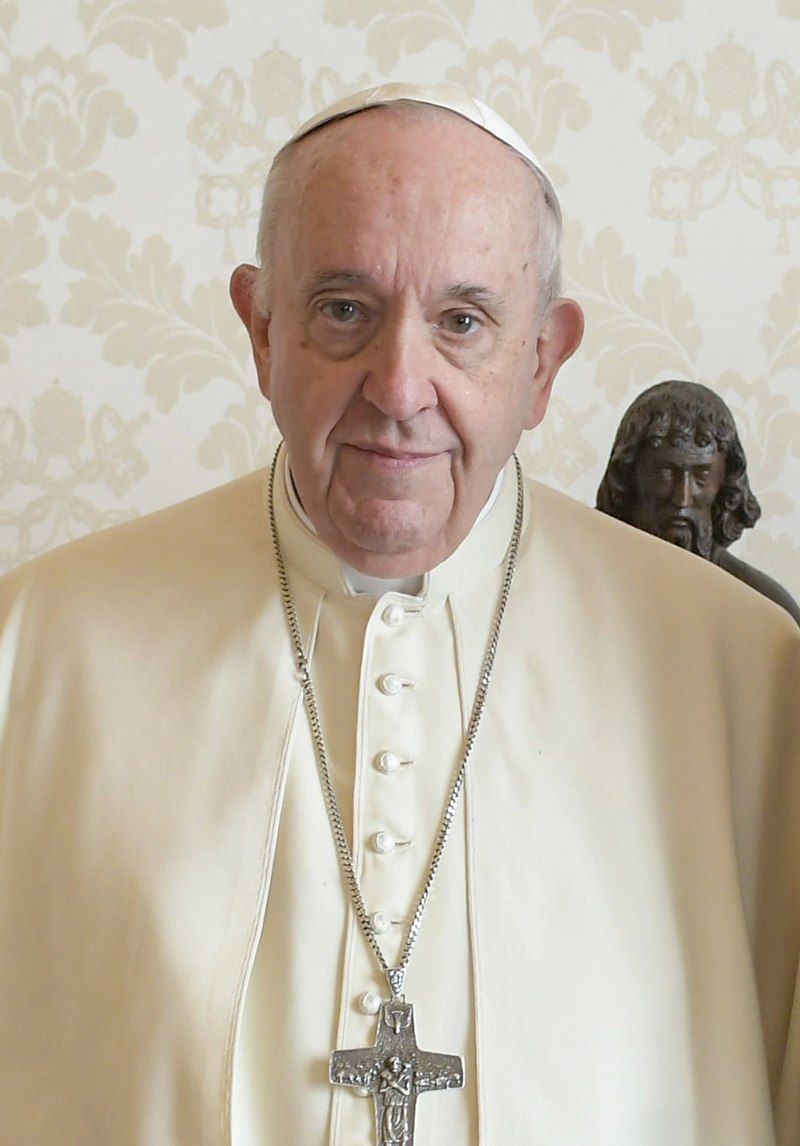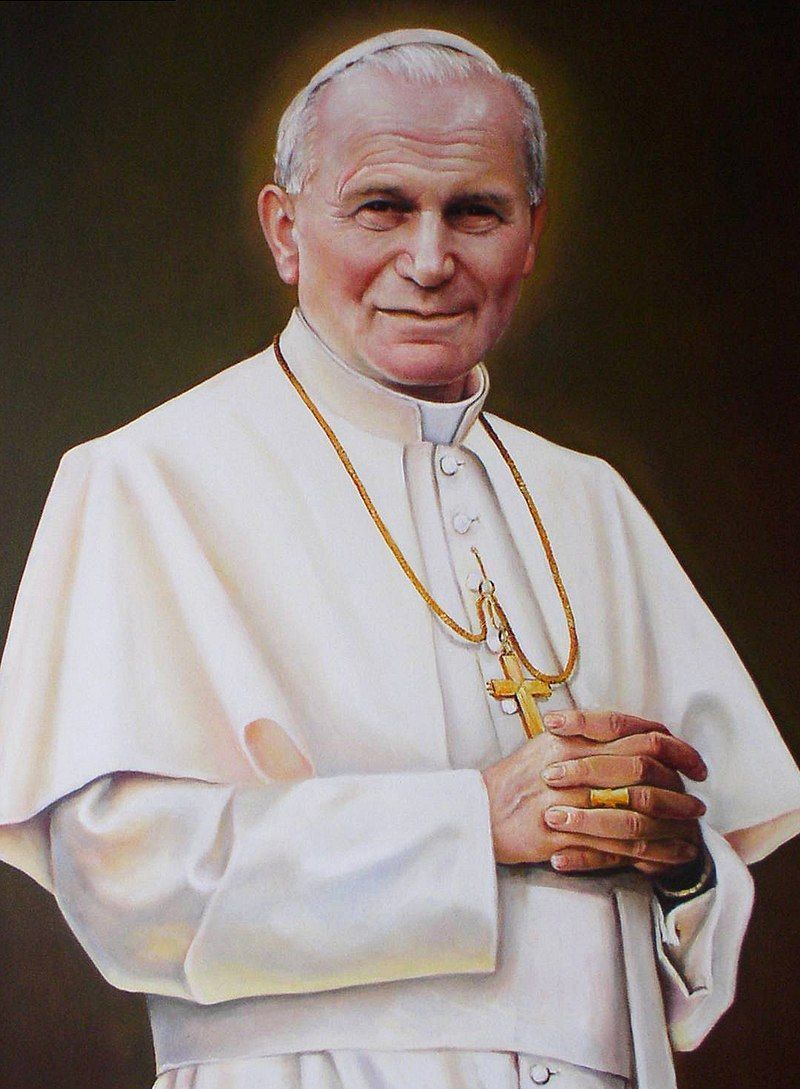Every student in a Catholic seminary learns a core principle governing all levels of authority in the church.
It is enunciated in Latin to copper fasten its importance: Roma locuta est; causa finita est. When Rome pronounces on any topic touching religion or morality, the case is closed.
Still, on October 7th, 1979, during Pope John Paul II's papal visit to the United States, Sister Theresa Kane, daughter of a Galway couple residing in the Bronx, welcomed the pope to the Basilica of the National Shrine of the Immaculate Conception in Washington and then pleaded that the church find ways to fully include women in all its power structures.
Sister Theresa, a Mercy Sister, was speaking as president of the Leadership Conference of Catholic Women, a consequential group with members from nearly all the church orders of nuns in America.
She urged the pope, known for his strict adherence to the status quo regarding women’s place in the church, to include females as equal participants at every level of ecclesiastical authority.
Sister Theresa, who died last August, made her case in unambiguous language, recommending that the papal visitor and the assembled dignitaries change course and allow women access to all church ministries: “I urge your Holiness to open your mind to these changes.”
Pope Francis
Nobody doubted that she was talking about breaking with the old patriarchal arrangements which consign females to playing auxiliary administrative roles in the church and far from where the major governing decisions are made. Her words received a mixed reception within the church community. Some, especially among the hierarchy, felt she was stirring a troublesome pot, while others hailed her bravery for speaking truth to power.
A year later, Sister Theresa received a major U.S. Catholic magazine award for furthering the cause of altering the status of women in the church.
The magazine's editor, Fr. Mark Brummel, told the gathering while pointing to the Bronx honoree, “Women long to serve the church in roles now denied them.”
The glaring issue that has highlighted the need for major institutional change in the church centers on the abysmal leadership of successive prelates and popes in dealing with the curse of clerical sex abuse, which has poisoned the whole organization.
To put it bluntly, all these top church leaders lost credibility in failing to protect children from harm. Many commentators point out that if parents had the authority, they would have insisted that corrupt clerics be shown the door and barred from any contact with vulnerable children.
This would not be difficult for mothers or fathers who insist that their kids' safety must always be the top priority. Parents, and especially mothers, would demand decisive action against any priest or brother using his clerical status as cover for engaging in despicable acts of sexual molestation against a child.
They certainly would reject the inchoate logic that permitted moving such predators to another parish where they would likely continue their depraved behavior.
Unfortunately, parishioners were not consulted, and the situation got worse every year. The results are evident in all church communities, especially in Western nations. Mass attendance is down dramatically, not only in the United States, but also in traditionally strong Catholic countries like Italy, Spain, and Ireland.
Serving clergy have to deal with an air of cynicism, conveying a moral unsureness in every parish. Priests are still respected, but are often viewed with a jaundiced eye until they establish credibility with the parish families. Some theologians and many Catholics argue that the limitations placed on women in the ecclesiastical power structure should be viewed from a sociological perspective.
In earlier times, in societies worldwide, only males were deemed suitable and qualified for the top positions in government and business. This situation has changed dramatically in most countries, and it is now common for women to play leadership roles at all levels of work and authority.
Many Protestant denominations include female ministers and bishops in their power structure, but the Catholic Church still insists on abiding by outmoded traditions, maintaining a patriarchal obedience set-up.
Only men can lead in the celebration of the Eucharist, or forgive sins in the confessional, or perform the last rites for those about to depart this world. Formal decision-making in all important areas of morality or dogma is confined to men.
Pope John Paul II asserted in 1994, in a formal doctrinal declaration reminiscent of papal declarations from a hundred years ago, “that all doubt may be removed regarding a matter of great importance, a matter which pertains to the Church’s divine constitution -------- I declare that the Church has no authority whatsoever to confer priestly ordination on women.”
Cardinal Suenens, the respected Belgian bishop, counseled John Paul against issuing such a strong, binding mandate, warning him that he could be making what he called the Galileo mistake.
He was referring to the papal condemnation in the 17th century of heliocentrism, propounded by Galileo, placing the sun and not the earth at the center of the then known universe.
The official apology to Galileo for his alleged obstinacy in standing over his scientific research came from the pope in the early 1990s – 350 years late! John Paul’s dubious exposition about women’s place in the church was made thirty years ago.
A few studies have shown that his categorical statement on this issue is widely disputed among Catholics, including by some theologians. In fact, polls reveal that a majority of believers affirm a woman’s right to the central place at the altar as well as a preaching spot on the pulpit.
Change is notoriously slow in the church in the area of dogmatic teaching. However, past solemn papal pronouncements condemning the use of contraceptives by married couples, or proclaiming the existence of a limbo for unbaptized babies, have long been scrapped by the people in the pews using their common sense and knowledge of the magnanimous spirit guiding the New Testament.
In his 60 Minutes interview a few months ago, Pope Francis ruled out opening the diaconate to women. This unfortunate pronouncement was widely understood as the final word on the matter. However, the recent concluding report from the Synod in Rome leaves the door wide open for change.
“The question of women’s access to diaconal ministry remains open. This discernment needs to continue.”
Gerry O'Shea blogs at wemustbetalking.com








